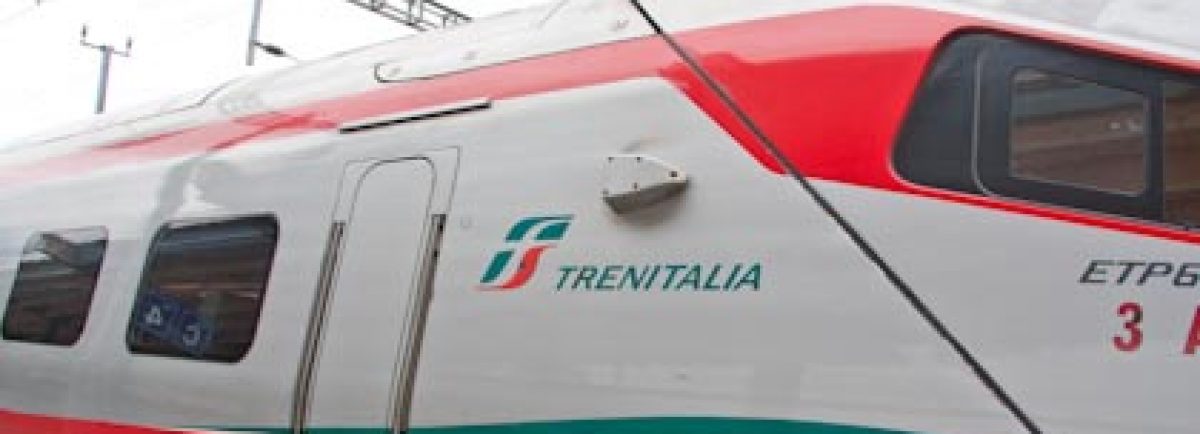The following items represent frequently asked questions (FAQ) from our membership, along with answers from other members who either are 1) familiar with the question, or 2) knowledgeable of sources for possible answers. Answers are by no means meant to all inclusive but may be useful to modellers in need of advise and where to go to find it.
- Question: What approaches have other members used to reduce track noise?
Answer: Plywood acts as a sound board and amplifies sound. Solutions include: Use of sound deadening material/underlayment directly under track, including:
– cork
– rubber carpet underlayment sheets
– rubber roof membrane
– felt normally used as underlayment for floors
Do not over tighten track screws or use too many. Best to tighten track screws first, and immediately loosen a little bit…less than 1 mm will do. This prevents lateral movement, while reducing the transmission of sound. One track screw for every three pieces of track, and near turnouts, is generally sufficient to prevent lateral movement of track. An added benefit is the greater ease of removing and replacing sections of track for repairs.
Use homasote instead of plywood directly under track. Homasote is a sound deadening material used in construction. It is generally sold in 4’ x 8’ sheets with a width of ½”. Homasote is not structurally strong so it is best supported underneath with plywood. Homasote, and similar fiberboards, can absorb moisture and water, causing the track bed to distort. This can happen when using “wet” techniques for ballasting / scenics. A number of modelers have found it beneficial to use a sealer (or paint) on homasote to prevent this problem. Refer to Sealing Homasote, in Model Railroad Hobbyist, an online magazine at https://model-railroad-hobbyest.com/node/16498 for further discussion.
2. Question: If one wishes to identify a decoder in a locomotive, and there is no information about the decoder, what are the options?
Answer: Several approaches are outlined below;
The best approach is to take off the shell. If the locomotive is Marklin, this will often (but not always) provide identification of the manufacturer and decoder. However, there are several reasons why more investigation may be necessary. For example, if the decoder is a 21MTC, most of these look the same. Unless you know exactly what one manufacturer’s decoder looks like vs another manufacturer’s, you really cannot tell.
Furthermore, ESU made a lot of decoders for Marklin in the early MFX days. They may be original Marklin installations, but they will say ESU on them. Simply stated, just because looks like a duck and walks like a duck, it may not necessarily be a duck.
Also more research may be required if the locomotive has been retrofitted with a new or replacement third-party decoder. The ESU Lokprogrammer will usually tell you the manufacturer, and the exact decoder if it is ESU. If it is not ESU, reading CV8 will give you a number that will identify the manufacturer. You can then go to their website and identify it further.
A Marklin Central Station will also identify the decoder. For a CS3, select a locomotive from the list. Then click on the configuration tab, and select Root – Fundamental Decoder Information. If the locomotive has a mfx decoder, the resulting information will be displayed:
locomotive model number
decoder name
user data
manufacturer ID
decoder part number
boot loader version
firmware version
firmware date
Most information will not be available for older Marklin decoders (Marklin c80, c90, c91 or fx) or non-Marklin products. These will require more investigation. The CS2 will also help to identify the decoder, but without all the features of a CS3.
3. Question: How can I tell from a Marklin model number, what kind of motor is installed in a locomotive?
Answer: Several approaches are outlined below. One caveat is that Marklin has been known to change motors in an existing model, while retaining the existing model number.
The answers below assume that it is not possible to physically inspect the locomotive or to open the shell, which would be the best way to identify the motor type.
Check Marklin Product database, which contains all catalogued items from 2000/2001. For each product there is usually an instruction booklet, exploded diagram, photo of the motor, and other technical information.
www.marklin.com/service/product-database
Search on marklin-users.net. There are a number of extremely useful threads.
See article in Marklin Digital Club Newsletter, Vol. 30–No.3 (May-June 2018).
Recognize that there is no single source of data or a website that will provide all the answers, particularly for older locomotives. Additional research will be required.
Other sources for exploded views that clearly show the type of motor / electronics used include:
A. Marklin CD, issued in 1998 has a number of exploded views for various locomotives, as well as accessories. A pdf version has been posted under “Ask the Experts” with the title 1998 & Prior Schematics.
B. A book published in 1990 that shows all parts of locomotives produced during the period of 1953 -1980. It covers the 5 different service manuals Marklin issued during this period.
C. Robert Frowenfeld of RJF Trains is a chapter member, and an expert on Marklin motors, decoders, and electronics. He may be able to help if the above sources do not provide the information you need. Robert can be contacted at rjftrains@aol.com.

